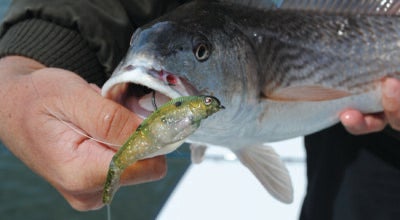DG Martin Column: Sir Walter: more than traitor, pirate
Published 2:04 pm Tuesday, November 27, 2018
“Because he was a traitor and a pirate,” East Carolina University professor and leading North Carolina public historian Larry Tise explained to his sons why Sir Walter Raleigh spent 15 years in the Tower of London and was then beheaded.
In the Nov. 1 News & Observer, Tise wrote that he had grown “up in North Carolina where we lauded Raleigh for choosing the Carolina coast for the first English explorations and attempted settlements in North America.”

D.G. Martin
Tise now labels Raleigh’s attempted settlement on the North Carolina coast an “egregious error” that we have spun “into the romanticized saga of a ‘lost colony.’ ”
Tise is an expert about Sir Walter, but there is more to the story, as retold in a new book, “The Secret Token: Myth, Obsession, and the Search for the Lost Colony of Roanoke,” by Andrew Lawler.
Although Lawler acknowledges Sir Walter’s errors and weaknesses, he sets out in great detail the magnitude of his efforts to establish an English colony on the North Carolina coast. “The Roanoke venture lasted for six years and involved two dozen vessels and well over a thousand people crossing the treacherous breadth of the Atlantic to establish England’s first beachhead in the New World. In size, scope, and cost, it far outstripped the later inaugural voyages to Jamestown and Plymouth. It was the Elizabethan equivalent of the Apollo program.”
Sir Walter did not travel to North Carolina, but the efforts he organized expended “many tens of millions of dollars” in today’s money.
On March 16, 1584, Elizabeth granted Sir Walter the right to colonize the east coast of North America south of Newfoundland. The next month Sir Walter had two ships carrying an exploratory mission. The ships arrived on the North Carolina coast in July.
Why this site? Raleigh and some of the mission’s funders thought these lands would be sources of new and valuable products, including rare metals. But there were other reasons.
First, it would be a good location to mount attacks on Spanish ships carrying gold from its colonies. Second, there was widespread belief that the waters in the sounds on the west side of the Outer Banks provided access to the Pacific Ocean.
After six weeks of exploring and making friends with the native population, the exhibition had not found gold mines or a short cut to China. However, it came back with tales of the good life, samples of tobacco and pharmaceuticals, and two natives, Wanchese and Manteo.
Sir Walter then organized a much larger effort. On April 9, 1585, five vessels carrying between 400 and 800 men left England. Manteo and Wanchese were on board. So were soldiers and scientists, including a brilliant scholar and linguist, Thomas Harriot; a metallurgist, Joachim Gans; and a draftsman and artist, John White.
By June 26, the colonizers arrived and began exploration of the nearby sounds and adjoining lands. The results were mixed. The scientists and explorers learned good and valuable information. However, running low on supplies, all but about 100 men returned to England in September.
The remaining men suffered through the winter. Food was scarce. The former friendly natives had become hostile enemies. When a fleet of English ships under the command of
Sir Frances Drake appeared in early June 1586, the settlers abandoned their project and returned with Drake to England.
The disappointing result did not deter Raleigh from organizing a third effort in 1587, a group of men, women and families that became North Carolina’s legendary Lost Colony.
While arguably an “egregious error” as Tise suggests, these attempts provided learning lessons for the Jamestown colony 20 years later and for other English North American colonies. Sir Walter’s ability to organize and mount these ambitious projects should earn, even from Tise, grudging admiration.
D.G. Martin hosts “North Carolina Bookwatch” on UNC-TV at 11 a.m. Sunday and 5 p.m. Tuesday.





